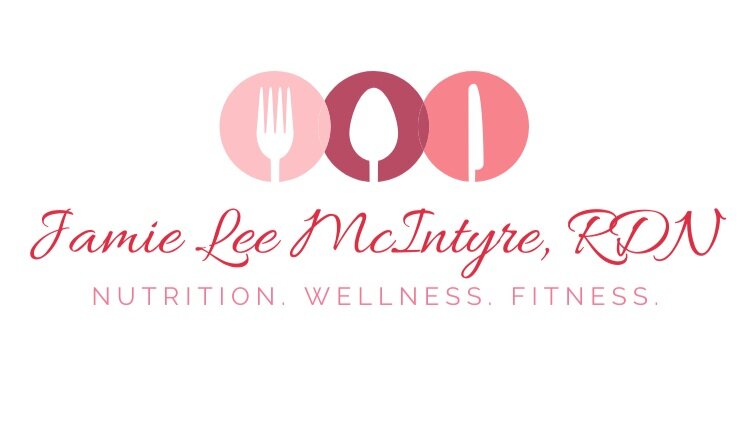How to Plan a Balanced Meal: A Simple, Healthy Guide
Creating a balanced meal doesn’t need to be complicated or restrictive. As a dietitian, I often get asked to “write a diet” or create a meal plan that tells someone exactly what to eat. But the truth is, there isn’t a one-size-fits-all plan that works for everyone — your cravings, schedule, and food availability change from day to day.
Instead of strict rules, I teach my clients how to build a balanced plate so they can confidently make healthy choices on their own. When you know the building blocks of a nutritious meal, you can create endless combinations that are satisfying, delicious, and aligned with your goals — including weight loss, blood sugar control, or simply eating well.
Why Balanced Meals Matter
Balanced meals provide the right mix of macronutrients (carbohydrates, protein, and fat) and micronutrients (vitamins and minerals) to:
Keep you full and satisfied
Support steady energy levels
Prevent blood sugar spikes and crashes
Meet your daily nutrient needs
Help with weight management when paired with portion control
Research shows that overly restrictive diets often backfire — they make people focus more on the foods they can’t have. Instead, a flexible, balanced approach makes it easier to stay consistent long-term.
The 5 Food Groups to Build Your Plate
To create a healthy, balanced meal, choose foods from at least 3–4 of these 5 food groups:
Protein: chicken, fish, eggs, beans, tofu, Greek yogurt
Vegetables: leafy greens, peppers, broccoli, carrots
Fruits: berries, apples, oranges, peaches
Whole Grains: oats, brown rice, quinoa, whole-wheat bread
Dairy or Dairy Alternatives: milk, yogurt, cheese, fortified plant-based options
Whenever possible, choose minimally processed foods close to their whole form for the highest nutritional value.
Easy Balanced Meal Examples
Here are some quick ideas you can mix and match:
Breakfast:
Overnight oats (oats + yogurt + strawberries + almond butter)
Veggie omelet with whole-grain toast
Lunch:
Grilled chicken + roasted broccoli + quinoa
Greek yogurt parfait with granola, peach slices, and walnuts
Dinner:
Salmon fillet + roasted sweet potatoes + sautéed spinach
Lentil soup + whole-grain bread + side salad
The key is to get protein + fiber-rich vegetables or fruits + a quality carb source at every meal.
Balanced Meals and Weight Loss
When your meals are balanced, you’ll naturally feel more satisfied, making it easier to stay in a calorie deficit for weight loss without feeling deprived.
Here are a few extra tips:
Watch portion sizes — even healthy foods can add up in calories.
Eat slowly and stop when comfortably full.
Include healthy fats (nuts, avocado, olive oil) in moderation for flavor and satiety.
The Bottom Line
Healthy eating doesn’t mean eating perfectly or following a rigid plan. By focusing on balance, variety, and quality, you can enjoy food you love while meeting your health goals. Try using this simple blueprint at your next meal and notice how you feel — energized, satisfied, and in control.


